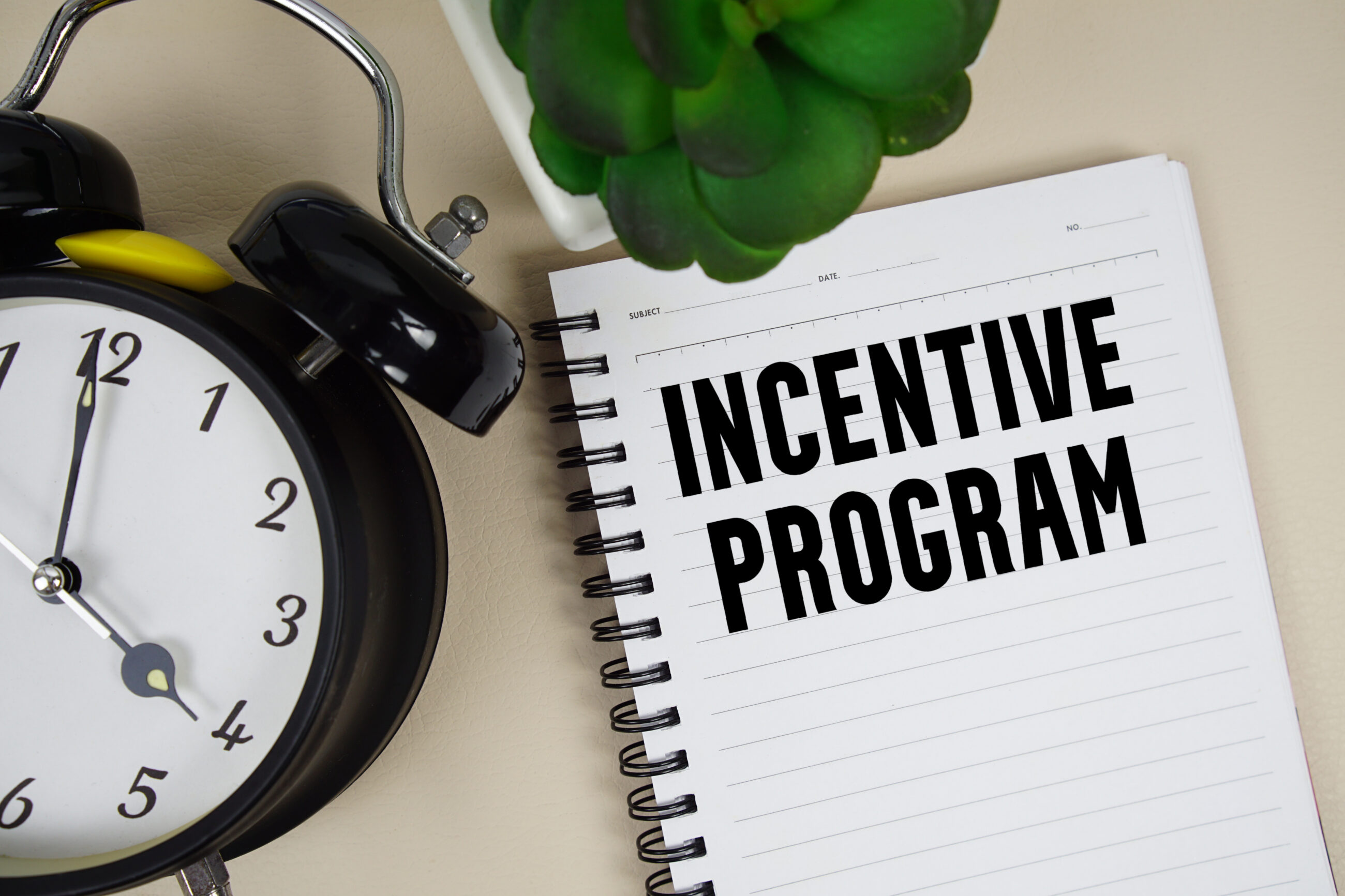Building a Sustainable Future: A Guide to Nonprofit Endowments
Nonprofits are constantly challenged to balance their current financial needs with long-term sustainability. One of the most effective tools to secure a stable financial future is establishing an endowment fund. Endowments not only provide a consistent income stream but also signal financial stability and foresight to donors, stakeholders, and the broader community.
As we kick off 2025, it’s the perfect time for nonprofits to evaluate their financial strategies and consider whether an endowment is the right step forward. Below, we delve into the essentials of endowments, their benefits, challenges, and steps to establish one for your organization.
What is an Endowment?
An endowment is a fund established by a nonprofit organization in which the principal amount is invested. The investment generates income that the nonprofit can use to support its operations, programs, or other mission-critical initiatives. In most cases, the principal remains intact, allowing the fund to grow over time through additional contributions and investment returns.
Endowments typically fall into one of three categories:
- Permanent Endowments – These funds have donor-imposed restrictions that require the principal to remain intact indefinitely, with only the income available for use.
- Term Endowments – These funds allow the principal to be spent after a specified period or event, as outlined by the donor.
- Quasi-Endowments – Also known as board-designated endowments, these funds are created at the discretion of the nonprofit’s board and can be spent if needed.
Benefits of Establishing an Endowment
Creating an endowment offers nonprofits several long-term advantages:
- Financial Stability and Independence
Endowments provide a predictable income stream that reduces reliance on unpredictable revenue sources like grants and donations. This stability allows nonprofits to plan ahead with greater confidence. - Donor Engagement and Confidence
An endowment demonstrates an organization’s commitment to sustainability and financial stewardship. This can inspire confidence among donors, particularly major contributors, and encourage legacy giving. - Support for Mission-Critical Programs
The income from an endowment can fund essential programs, operational costs, or new initiatives, ensuring the organization continues to fulfill its mission effectively. - Flexibility for Future Needs
Endowments can act as a financial safety net, providing support during economic downturns or unexpected challenges.
Challenges to Consider
While the benefits of an endowment are significant, nonprofits should also be aware of potential challenges:
- Initial Fundraising Efforts
Building an endowment requires substantial upfront fundraising, which may divert resources from current programs or operational needs. - Investment Risks
Endowments are subject to market fluctuations, which can impact the income generated. A well-crafted investment policy can help mitigate these risks. - Administrative and Compliance Responsibilities
Managing an endowment involves ongoing oversight, compliance with donor restrictions, and adherence to federal and state regulations. - Balancing Current and Long-Term Needs
Organizations must carefully balance the use of endowment income with the immediate needs of their programs and operations.
Steps to Establishing an Endowment
If your organization is considering an endowment, here’s a roadmap to get started:
- Assess Your Organization’s Readiness
- Mission Alignment: Ensure an endowment aligns with your long-term goals.
- Financial Health: Evaluate your current financial position to determine if you have the capacity to establish and maintain an endowment.
- Define the Purpose of the Endowment
- Will it support general operations, specific programs, or capital projects?
- Clearly articulate the purpose and communicate it to donors.
- Develop an Investment Policy
- Risk Tolerance: Define your organization’s comfort level with investment risks.
- Spending Policy: Determine what percentage of the fund’s income will be spent annually. A typical rate is 4-5% of the fund’s value.
- Engage Legal and Financial Experts
- Work with legal counsel to draft agreements and ensure compliance with donor restrictions.
- Consult with financial advisors to develop an investment strategy.
- Launch a Fundraising Campaign
- Create a compelling case for support that highlights the benefits of an endowment to your mission.
- Identify potential donors, including board members, major donors, and legacy givers.
- Establish Governance and Oversight
- Form an endowment committee to oversee the fund’s management and ensure adherence to policies.
- Regularly review the fund’s performance and adjust strategies as needed.
Key Trends in Endowment Management
As we move into 2025, several trends are shaping the way nonprofits approach endowments:
- ESG Investments: Many organizations are incorporating Environmental, Social, and Governance (ESG) criteria into their investment policies to align with their mission and values.
- Increased Donor Involvement: Donors are seeking greater transparency and input into how endowment funds are managed and utilized.
- Technology Integration: Nonprofits are leveraging technology to track endowment performance, manage donor relationships, and enhance reporting capabilities.
How Brady Martz Can Help
At Brady Martz, we understand that establishing and managing an endowment requires careful planning, strategic decision-making, and ongoing oversight. Our team of nonprofit experts offers a range of services to help your organization:
- Develop comprehensive financial and investment policies
- Ensure compliance with state and federal regulations
- Provide guidance on donor engagement and stewardship
- Offer tailored solutions to maximize the impact of your endowment
With decades of experience serving nonprofits across the region, Brady Martz is your trusted partner in building a sustainable future for your organization. Contact us today.






